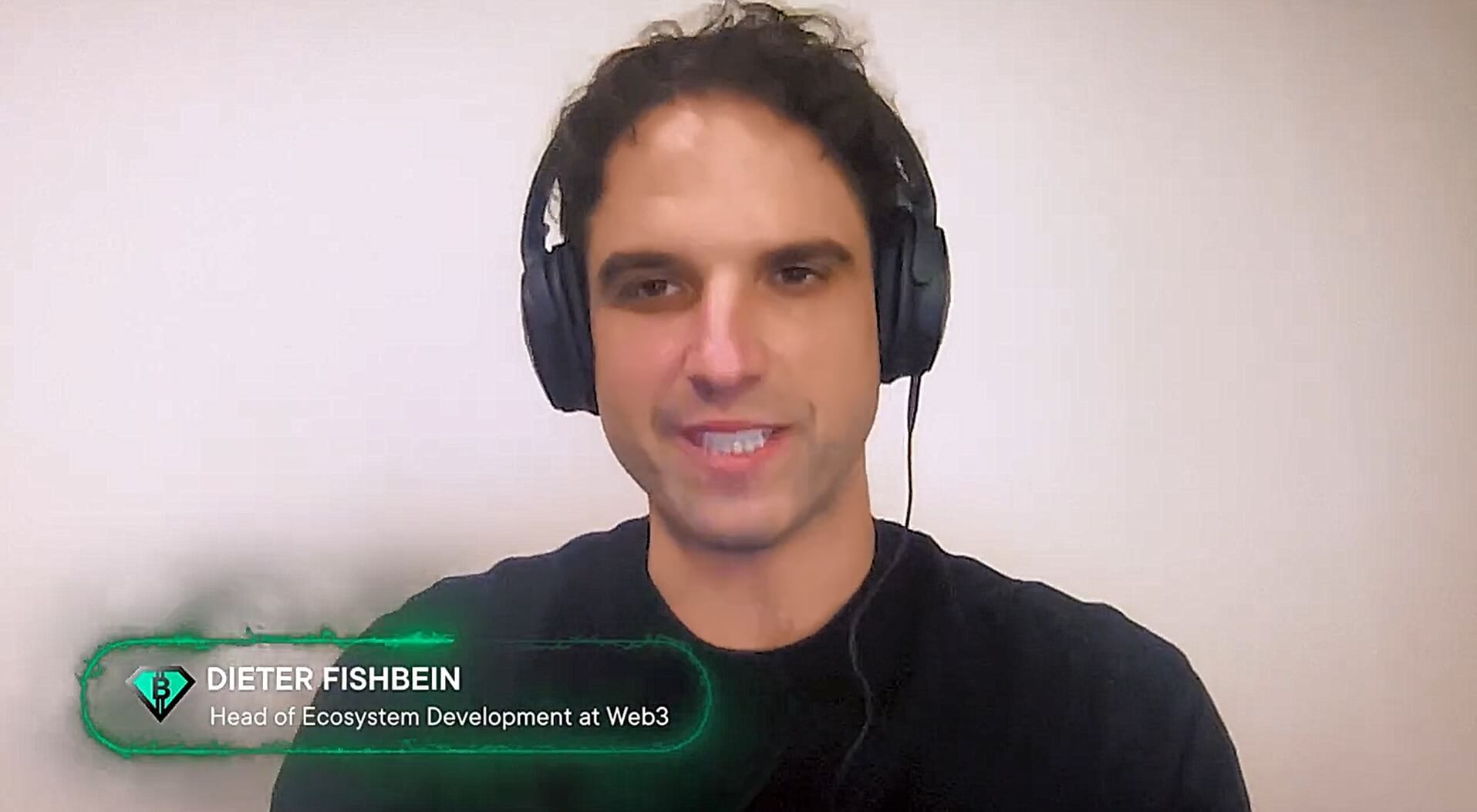 Web3’s Dieter Fishbein on DeFi’s pain point and the birth of Kusama
Web3’s Dieter Fishbein on DeFi’s pain point and the birth of Kusama Web3’s Dieter Fishbein on DeFi’s pain point and the birth of Kusama
Polkadot and Kusama turned out to be two of the biggest projects in 2020. Both are high-speed, highly secure blockchains that allow developers to issue their own projects and get funded by the network itself—a type of development that opened the doors to an entirely new technical area achievable with blockchain and crypto technology. Dieter […]
Polkadot and Kusama turned out to be two of the biggest projects in 2020. Both are high-speed, highly secure blockchains that allow developers to issue their own projects and get funded by the network itself—a type of development that opened the doors to an entirely new technical area achievable with blockchain and crypto technology.
Dieter Fishbein is one of the many smart people working on the above ecosystem. Fishbein’s the Head of Ecosystem Development at Web3 Foundation and is responsible for business development and strategic partnerships. He previously with Hong Kong- and Toronto-based CMCC Global, a blockchain-focused venture capital fund, and was formerly a cryptography researcher.

Fishbein caught up with Alex Fazel for today’s episode of Cryptonites, the crypto edutainment channel and podcast operate by crypto investing app Swissborg. He shared his thoughts on decentralized finance (DeFi), developing on Polkadot and Kusama, and where the future of decentralized systems was heading towards.
What is Web3?
As a part of the Web3 Foundation, the firm that builds decentralized web protocols and the team behind Polkadot and Kusama, Fishbein started off the podcast with a bit about what the Foundation did.
“Web3 comes down to the promise of technology to really give us new coordination tools,” he said, adding the team is focused on creating pieces of technology that fundamentally give people a different way of coordinating with each other to build technical ecosystems.
“You’re going to see these groups, enter into business transactions on property, generate income on behalf of their users and stakeholders,” he added, noting that such a governance structure was a fundamentally new power structure in itself—powered by an on-chain governance mechanism that is popular today.
Speaking about governance and DeFi, Fishbein said that although current projects were innovative, they failed to add value to the world externally. “These are essentially centralized finance type structures that we’re just seeing on chain, right,” he said, adding:
“What you get are crypto native experts using kind of a decentralized version of centralized banking and finance infrastructure. And people make money, it’s a bit of a casino. But at the end of the day, I don’t think it’s like actually adding that much value externally.”
How Kusama came to be
Fishbein shared some alpha on how Kusama came into existence in the first place. The project’s touted as the “cousin” of Polkadot: Its tagline is to “expect chaos” and developers describe it as “Polkadot on steroids,” or a platform when highly experimental projects and DeFi protocols can test out their designs in the real world.
“This was August 2019, or so. And Polkadot was actually largely done that I think we’re about 80% there in terms of building the codebase. And at the time, there were a lot of crypto-economic questions that still remained that we really wanted to test out. But in order to actually test crypto-economic security guarantees, it’s really difficult to do this with a valueless network, right? Because people naturally will not behave the same way when there’s nothing at stake, basically. So it was decided that that’s the foundation with the launch of Kusama,” shared Fishbein, adding it was an early version of Polkadot and not a mere testnet.
He added that Kusama’s primary use case was to harden Polkadot, meaning any new technology is first launched (and battle-tested) on the former. “Ultimately, this is up to governance, but this is the intention at least for the short and medium-term to basically see how they behave in a live network,” Fishbein said.
However, that’s not to say that Polkadot isn’t eventually the platform where Kusama projects go to. “I think like a lot of DeFi applications, especially the ones that use high-value transactions…move to the security and robustness that Polkadot can provide,” Fishbein said.
Make sure to subscribe to Cryptonites on YouTube.
(Is Kusama limited to such usecases? Is DeFi indeed just a casino? What’s the future of Polkadot in the coming years? Catch Fishbein answer this and much more on the entire Cryptonites episode. It’s available for streaming in full right below!)



 Ro Khanna
Ro Khanna 





































































